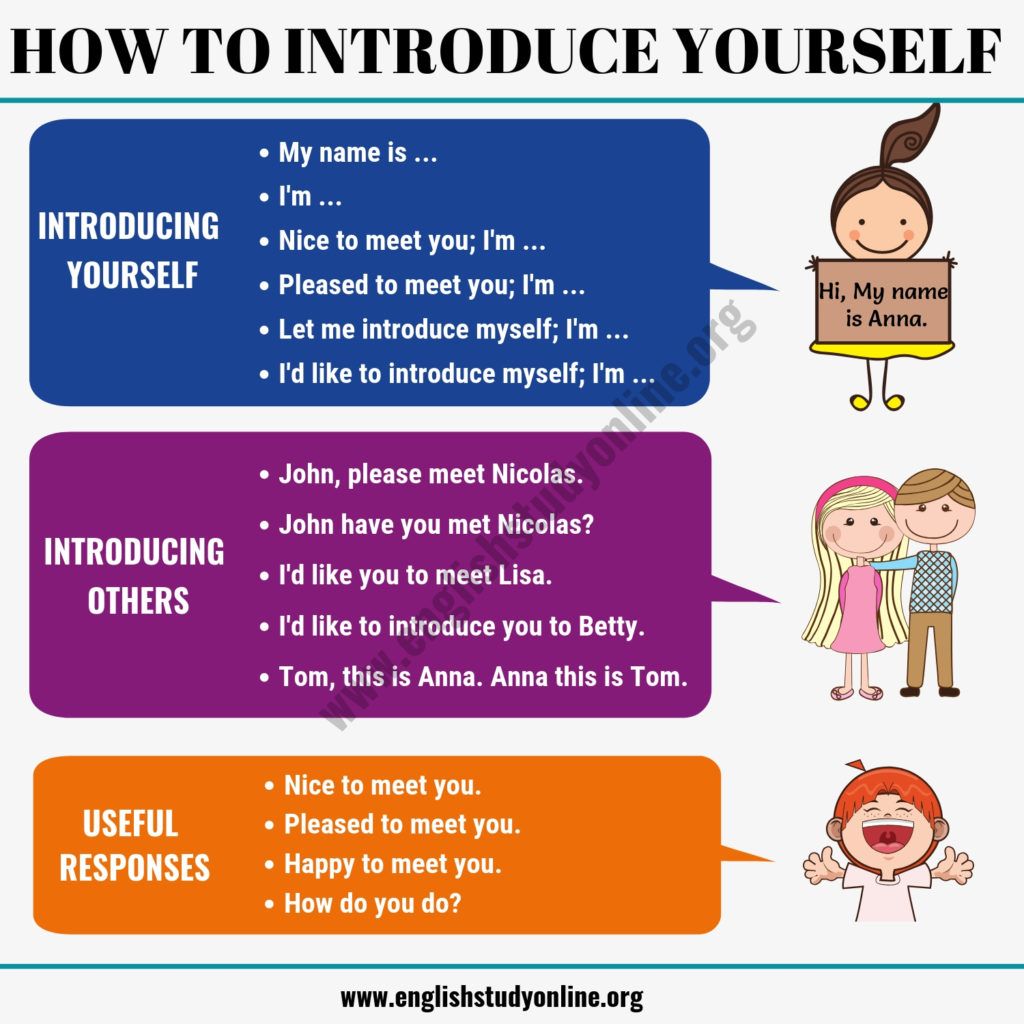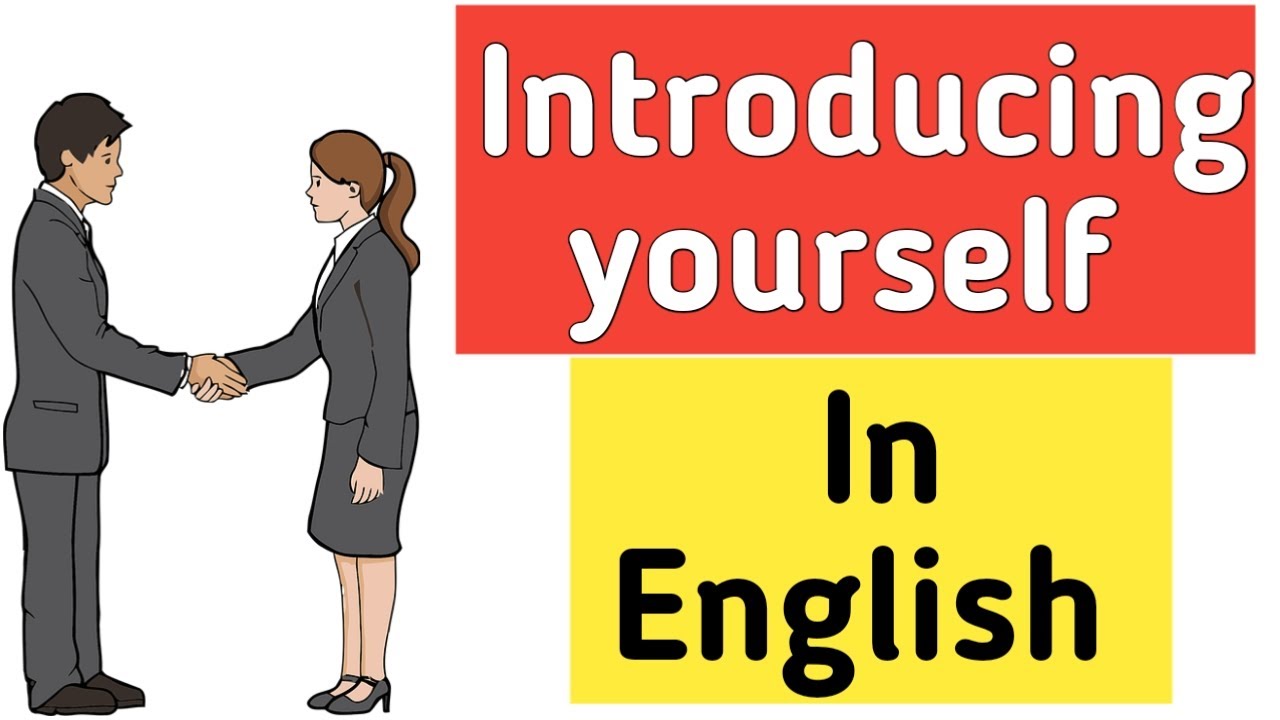Starting a new class can be both exciting and nerve-wracking, especially when it's time to introduce yourself. A great self-introduction sets the tone for how your classmates and teachers perceive you. Let's dive into why this is so important and how to prepare an introduction that shines!
Understanding the Importance of Self-Introduction

When you step into a new classroom, making a strong first impression is key. Here’s why self-introduction matters:
- Establish Connections: A good introduction helps you connect with your classmates. It’s the first step in building relationships, whether for friendships or study groups.
- Boost Your Confidence: Introducing yourself can feel daunting, but practicing can build your confidence. The more comfortable you become, the easier it gets!
- Set the Stage: Your introduction sets the tone for how others view you. A clear and engaging intro can show that you’re approachable and friendly.
- Showcase Your Personality: It’s your chance to let your unique personality shine. Share interests or hobbies that make you stand out in a crowd.
In many cultures, self-introductions are common practice, and they serve as a foundation for future interactions. Think about it: when you meet someone new, the first question is often, “What’s your name?” This simple question opens the door to deeper conversations and interactions. Your self-introduction is like a mini-commercial for yourself, highlighting essential qualities that make you who you are!
Moreover, in a classroom setting, instructors often use self-introductions to gauge students’ backgrounds and interests. This can lead to tailored learning experiences that engage everyone better. So, invest time in crafting a compelling introduction—it can influence the entire course dynamic!
Also Read This: Simple Guide to Logging Out of Facebook Messenger on iPhone with Dailymotion
Preparing Your Introduction

Now that we understand why self-introductions are essential, let’s explore how to prepare an engaging introduction that reflects your personality. Here’s a step-by-step guide:
- Start with the Basics: Begin with your name. This seems simple, but ensure you speak clearly. You might say, “Hello, my name is [Your Name].”
- Share Your Background: Briefly talk about where you come from. Mention your hometown or country. For example, “I’m from [City/Country].” This helps others connect with you.
- Mention Your Interests: Share a couple of hobbies or passions. This could be anything from sports, books, art, or even video games! For instance, “In my free time, I love playing basketball and reading fiction.”
- Talk About Your Goals: If relevant, mention what you hope to achieve in the class. You might say, “I’m looking forward to improving my English skills and meeting new friends.”
- Engage with a Question: End with a question to encourage interaction. For example, “What about you? What are your hobbies?” This opens the floor for conversation.
As you prepare, consider practicing in front of a mirror or with friends. This helps you refine your delivery and become more comfortable. Keep it concise—aim for about 30 seconds to a minute. Remember, the goal is to be memorable, not overwhelming!
Finally, don’t hesitate to add a touch of humor or a fun fact if it feels appropriate. This can make your introduction more relatable and enjoyable for your audience. For example, “I recently tried baking for the first time, and let’s just say... the smoke alarm is now my best friend!”
Also Read This: How to Open Car Doors Without Keys: Watch Tutorials on Dailymotion
3. Key Components of a Good Self-Introduction

When it comes to introducing yourself in class, there are a few key components that can make your introduction stand out. Think of your introduction as a mini-presentation; it should be engaging, informative, and concise. Here are some essential elements to include:
- Your Name: Start with your first and last name. It seems basic, but clarity is crucial. You want everyone to know who you are right from the get-go!
- Your Background: Share a little about where you’re from. This could be your hometown or even a fun fact about your culture. For example, “I’m from a small town in Texas known for its annual barbecue festival.”
- Your Interests: Talk about your hobbies or passions. This opens up the floor for connections with classmates. For instance, “I love hiking and photography, and I spend most weekends exploring local trails.”
- Your Goals: Briefly mention what you hope to achieve in the class. This shows your enthusiasm and gives others an idea of your motivations. You might say, “I’m looking forward to improving my public speaking skills to enhance my career opportunities.”
- Fun Fact: Always throw in a light-hearted fact about yourself. It can be anything from a unique talent to a quirky hobby, like “I can juggle, and I once performed at a friend’s birthday party!”
By incorporating these components, you ensure that your introduction is well-rounded and memorable. Remember, the goal is to create a connection with your classmates. They are likely to remember you not just for your name, but for the little snippets of your life that you share!
Also Read This: How to Make a Star with Paper: Creative Crafting on Dailymotion
4. Tips for Practicing Your Introduction
Now that you know what to include in your self-introduction, it’s time to practice! Like any skill, the more you rehearse, the more comfortable you’ll become. Here are some effective tips to help you practice:
- Practice in Front of a Mirror: This may sound a bit cliché, but it works! Practicing in front of a mirror allows you to see your body language and facial expressions. Plus, it gives you a chance to adjust your tone and volume.
- Record Yourself: Use your phone to record your introduction. Listening to yourself can help you identify areas for improvement, such as pacing or clarity. You can even play it back and pretend you're introducing yourself to an audience!
- Rehearse with Friends: Grab a friend or a family member and practice your introduction together. They can provide valuable feedback and might even throw in questions for you to answer, simulating a real classroom environment.
- Time Yourself: Keep an eye on the clock! A good introduction should be concise — ideally around 1 to 2 minutes. Practicing with a timer can help you stay within that timeframe.
- Visualize the Setting: Imagine the classroom scenario while you practice. Visualize your classmates and the teacher; this mental imagery can reduce anxiety and help you feel more prepared.
By incorporating these tips into your practice routine, you'll build confidence and refine your delivery. Remember, the goal is to sound natural and engaging, so don’t be afraid to let your personality shine through!
Also Read This: Does Rumble App Cost Money? A Look at the Pricing and Access Options for the Rumble App
5. Examples of Self-Introductions in Different Settings
Introducing yourself can feel like a daunting task, especially in different environments. Let's break down a few examples to give you a clearer picture based on various scenarios! Each setting has its own vibe and expectations, but with the right approach, you can shine wherever you are.
1. In a Classroom:
"Hi everyone! My name is Sarah, and I’m a sophomore majoring in Psychology. I’m really interested in how our minds work and hope to one day help people through therapy. Outside of class, I enjoy hiking and sketching. I’m looking forward to getting to know all of you this semester!"
2. At a Networking Event:
"Good evening! I’m James, the Marketing Manager at XYZ Corporation. I specialize in digital marketing strategies. I’m here to connect with fellow professionals and learn about innovative trends in our industry. In my spare time, I love reading about entrepreneurship and trying out new restaurants in town."
3. During an Interview:
"Thank you for having me. I’m Emily Chen, and I graduated with a degree in Computer Science from ABC University. I have three years of experience in software development, particularly in creating user-friendly applications. I’m excited about this opportunity because I admire your company’s commitment to innovation and would love to contribute my skills to your team."
4. At a Social Gathering:
"Hey everyone! I’m Tom, a graphic designer. I love creating visuals that tell a story. When I’m not working, you can find me playing guitar or exploring new coffee shops in the city. I’m excited to meet new faces tonight!"
These examples cater to different atmospheres and audiences, so feel free to adapt them to suit your own personality and the context of your introduction!
6. Overcoming Nervousness When Introducing Yourself
Nervousness is totally normal when it comes to introducing yourself, but there are some effective strategies to help you manage those jitters. Let’s explore some tips that can make this experience a lot smoother!
1. Prepare and Practice:
The best way to alleviate nerves is to prepare what you’re going to say. Write down a few key points you want to cover and practice them out loud. For example, you could say, “I’m Alex, and I love reading about technology and playing basketball. I’m really excited about this course because I want to learn more about AI.” Rehearsing can build your confidence!
2. Breathe Deeply:
Before introducing yourself, take a moment to focus on your breathing. Inhale through your nose for a count of three, hold for a count of three, and exhale through your mouth for a count of five. This technique can help calm your mind and reduce anxiety.
3. Smile and Make Eye Contact:
A genuine smile can ease tension for both you and your audience. Making eye contact while introducing yourself creates a connection and shows you're engaged. Remember, people are generally supportive and want you to succeed!
4. Start with a Fun Fact:
Adding a light-hearted or interesting fact about yourself can break the ice and make you feel more at ease. For instance, "Did you know I’ve been to 10 countries? I love exploring new cultures!" This can also prompt further conversation.
5. Reframe Your Thoughts:
Instead of thinking, “What if I mess up?” try reframing it to, “This is a chance to meet new people!” Shifting your focus from fear to opportunity can significantly reduce anxiety.
Remember, everyone feels nervous at some point. The more you practice and put yourself out there, the easier it will become. So go ahead—introduce yourself with confidence, and enjoy the connections you make!
 admin
admin








